This post contains affiliate links. Thank you for supporting Beneficial Bento!
When you have to remove gluten from your diet, it can be pretty overwhelming trying to figure out all the different types of flours to use. A common question I hear from people new to the gluten free world is, "can you tell me what is the one best flour I should buy to substitute for wheat?" It is often said with a sigh, and a lost and defeated look. I know that look all too well - I wore that look every day for months while I was busy figuring out all those things for myself!
That was 10 years ago for me, when I learned that my youngest son was severely sensitive to gluten. In the process of learning how to cook for him, I gradually discovered that I am gluten-intolerant as well. I have learned a lot in the past decade, and one of my goals for this blog is to share my gluten free knowledge and recipes with you. I think the best place to start is with a basic Guide to Gluten Free Flours.
The first I have some bad news - there is no one flour that will do the job that wheat flour does. Sorry.
But the good news is, there are many different wonderful gluten free flours that, when used in different combinations, can create just about anything your wheat-loving heart desires. There are certain flours that work beautifully for baking yeast breads, and there are others more suited to sweet things like cookies, brownies, cakes and graham crackers. And then there's pie crust... okay, now I'm hungry!
Here are three graphics showing the 10 different flours I use for making gluten free food. I know there are other flours that I don't show here - such as sorghum, amaranth, quinoa, and probably lots more - but these are my own personal favorites. These are the flours that are featured in all my gluten free recipes, so when you read my recipes and are wondering "what the heck is garbanzo flour?" you can find that info here. And if you want to substitute one flour for another in a recipe, I hope these graphics can give you some useful information. You are ALWAYS welcome to ask me any questions by leaving a comment or emailing me.
The gluten free flours I use fit into three categories: Whole Grain Flours, High Protein Flours, and Processed White Flours, as shown here:
Other Useful Information
As I've mentioned, I use different combinations of flours for different recipes, but I do use a basic flour blend that is useful in a lot of situations, and will show up in many of my recipes here at beneficial-bento.com :
Basic Brown Rice Four Blend
l use this a lot, so I keep a large amount in a big tub in my kitchen.
large recipe:
12 cups brown rice flour
4 cups potato starch
4 cups tapioca starch
But if you don't need that much, here is a smaller version:
3 cups brown rice flour
1 cup potato starch
1 cup tapioca starch
This can actually be made in any amount you need, just remember it's 3 parts brown rice flour, 1 part potato starch, and 1 part tapioca starch.
A Word About Xanthan Gum
Xanthan gum is not a flour, but it is an essential binding ingredient in gluten free baked goods. Xanthan gum takes the place of gluten in wheat flour, and is important to give a spongy, stretchy texture to your baking. Without it, your food would be more brittle and crumbly. A good article to learn more about xanthan gum can be found here: 10 Facts About Xanthan Gum.
When you go shopping for xanthan gum, I want to warn you: you may faint when you see how expensive it is! When you look at the cost per pound , you may wish you had a paper bag with you - just remember, deep slow breaths...
Here's the deal: you only need a tiny bit of it for every recipe. I promise. Like a teaspoon. So when you invest in some xanthan gum, it will last you a long time. If you are into baking gluten free goods for the long haul, like me, it's worth it to search here, there, and everywhere for a great bulk price if you can afford it. I bought a big 5 pound bag of xanthan gum, which will last me more than a year.
Some people don't tolerate xanthan gum very well. If you find that this is the case, you can substitute guar gum or psyllium husk powder for the xanthan gum. Xanthan gum is my favorite though, and since neither my son nor I have any ill effects from it, that's what I use and recommend since I have the most experience with it.
Where Can I Buy Gluten Free Flour?
It's really worth your time to start investigating where the best places are to buy gluten free flour and other gluten free products in your area. Here are some tips I've found that can help:
- Asian Markets - These are fantastic sources for tapioca starch, rice flour, sweet rice flour, potato starch, and rice noodles. Not only is it cheap, but they generally come in small bags which is helpful if you are starting out and just want to try a few recipes.
- Costco - If you live near a Costco, you're in luck. They are having more and more gluten free products all the time, including some great-looking flour blends that include xanthan gum in the mix. Check them out to see if that will work for you.
- Bulk Sections of grocery stores - We have a local grocery store (Winco) that has an extensive bulk foods section. They have had so many requests for gluten free flours, oats, and pasta that they started carrying them due to popular demand! When you can buy it by the pound, you usually save a lot of money that way. Speak up and make a request for gluten free products at your local grocery store - it's worth a try!
- Online - I don't buy a ton of gluten free flours online, but I do like to research prices from time to time and if I find it cheaper online, I buy as much as I can. I buy xanthan gum in a 5 lb. bag ( which will last me a year) whenever I can get it for less than $13.00 a pound. The prices do fluctuate, but you can check my link on Amazon.com to see what the current xanthan gum
prices are. I also get the best deals on coconut flour
online, too.
- Health Food Stores - My local store (Good Earth) has some pretty good deals on gluten free flours. I generally wait until I see them on sale, then I stock up.
Grinding your Own Flour
Since my son and I are into this gluten free lifestyle for the long haul ( probably for life), I investigated in a grain grinder about 10 years ago. You will save a LOT of money when you grind your own flours, and get the advantage of whole grain nutrition as well. As I mentioned in the graphics above, the flours I grind myself are garbanzo bean, brown rice, millet, and oat ( If I had access to whole sorghum, I would give that a try, too, but so far no luck ).
Here is the grain grinder I use and recommend. It is a lot of money up front, but trust me - if you love to bake, it much more than pays for itself. I am not ashamed to admit that I may have hugged and/or kissed my Nutrimill for saving me so much money. It is a workhorse!
I hope this article has cleared up some of the information about gluten free flours. If you have any questions about gluten free baking, please let me know and I will do my best to help!

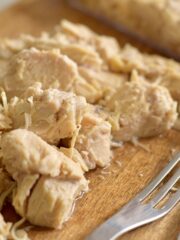
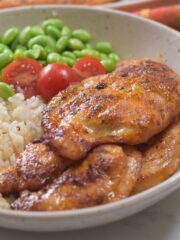
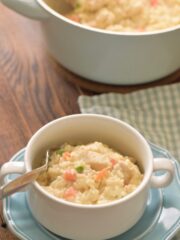
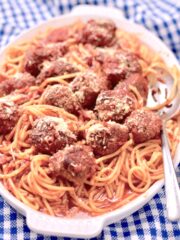
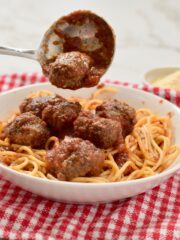
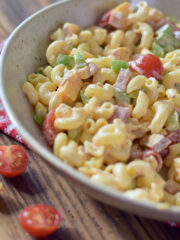
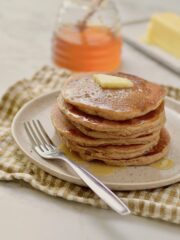
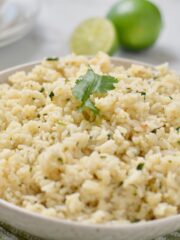

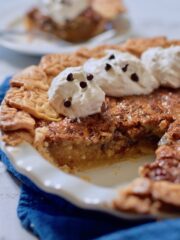
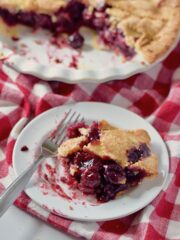
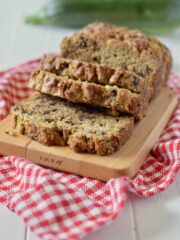
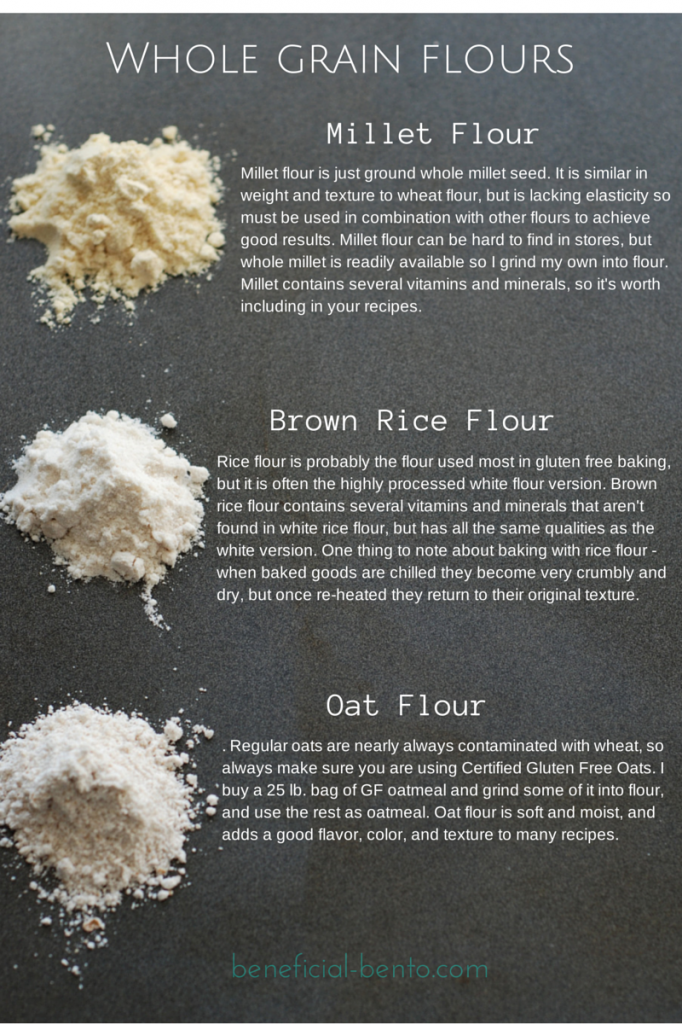
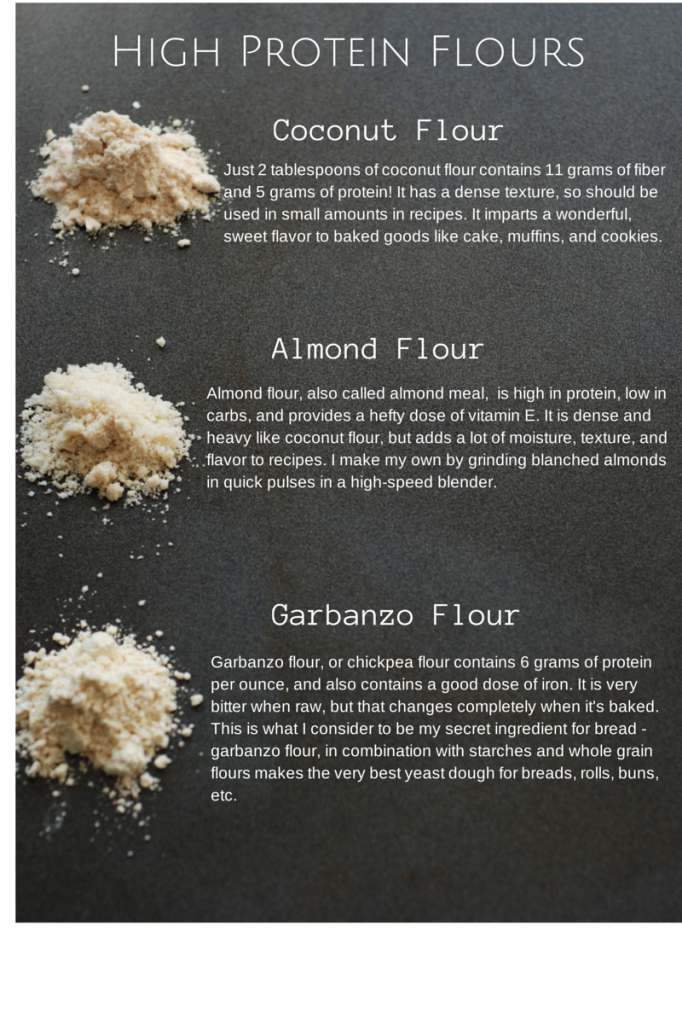
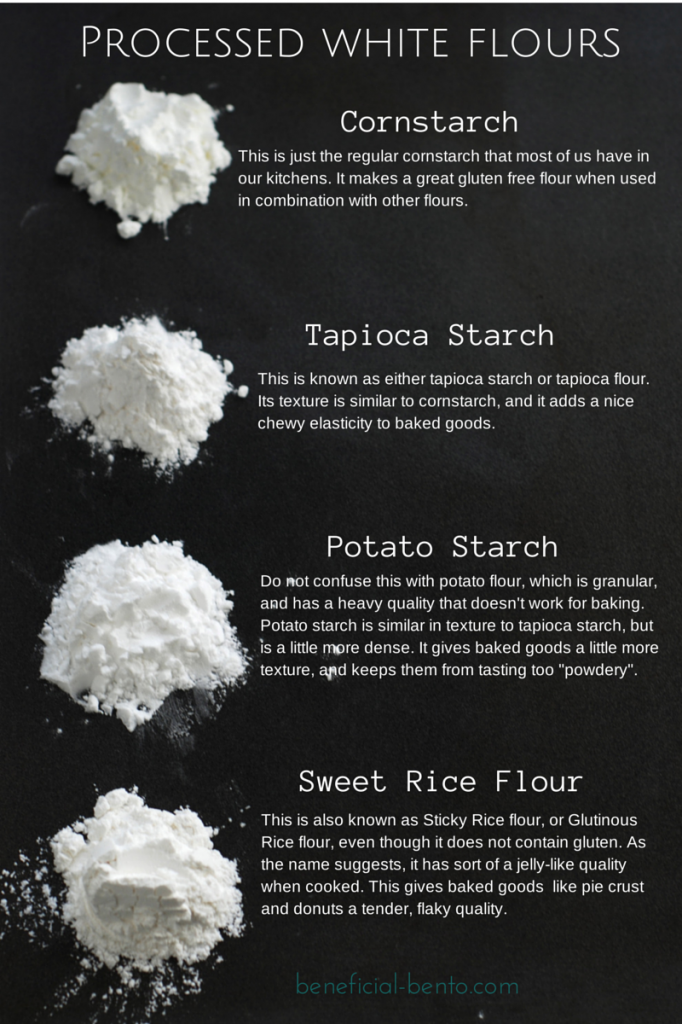
Jeanette says
Love sorghum, use it constantly. I find it at my local grocery in the bulk (a small chain that is part of a larger regional group) or the health food store.
You could also try this place, a friend sent me the link, but I can get better prices locally so I haven't ordered.
http://www.westwindmilling.com
beneficialbento says
Thanks for the link, Jeanette! I'll look into that